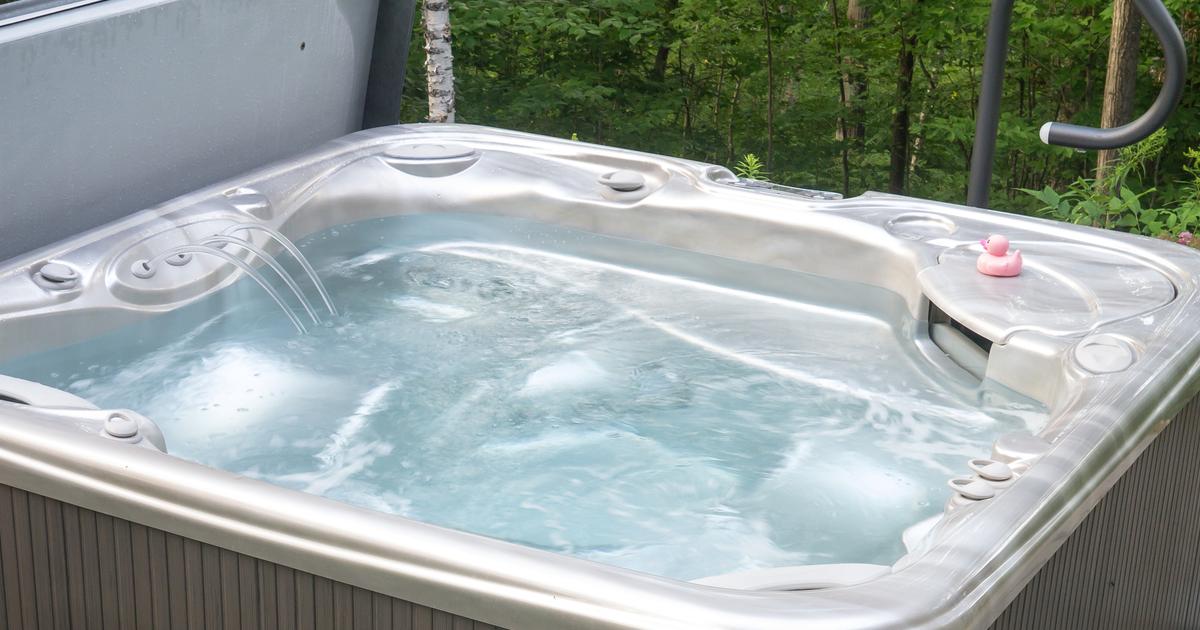How To Prevent And Treat Legionnaires' Disease
Legionnaires' disease is a severe form of pneumonia that develops in an individual when they inhale the Legionella bacteria into their lungs. Legionnaires' disease is also commonly referred to as Pontiac disease. The Legionella bacteria can multiply out of control in lakes, rivers, and other freshwater sources where the temperature sits between 68 and 113 degrees Fahrenheit. Legionnaires' disease develops when small droplets of this contaminated source of water enter an individual's lungs. Symptoms of Legionnaires' disease include a fever up to 104 degrees Fahrenheit, a cough, headaches, agitation, chills, muscle aches, confusion, shortness of breath, nausea, vomiting, and chest pain. The diagnosis of Legionnaires' disease is made with the use of a urine test, blood tests, lumbar puncture, and diagnostic imaging scans.
There are several ways to treat and prevent Legionnaires' disease. Learn about them now.
Proper Maintenance Of Water Systems

No vaccines are currently available to prevent the development of Legionnaires' disease, so the prevention of Legionnaires' disease focuses on targeting the most common sources of the infection-causing bacteria. The most common sources include contaminated air conditioning systems, water cooling systems, hot tubs, spas, spray systems, fire extinguishers, misting machines, decorative fountains, functional fountains, retention ponds, evaporative condensers, water softening systems, hot water systems, humidifiers, and cold water systems.
Other sources of Legionnaires' disease are different types of respiratory equipment that use water in their mechanism, including ventilators and nebulizers. Water systems of any sort should be chemically and mechanically cleaned, sanitized, and filtered free of any rust, sludge, slime, limescale, algae, amoebae, biofilm, other bacteria, corrosion products, and any other organic matter. Legionella bacteria tend to grow rapidly in water systems that stay stagnant for too long and maintain a temperature of between 68 degrees and 140 degrees Fahrenheit. The use of broad-spectrum biocides to clean out water systems can help with controlling slime, algae, and other microorganisms that can help Legionella bacteria thrive.
Uncover more ways to prevent and treat Legionnaires' disease now.